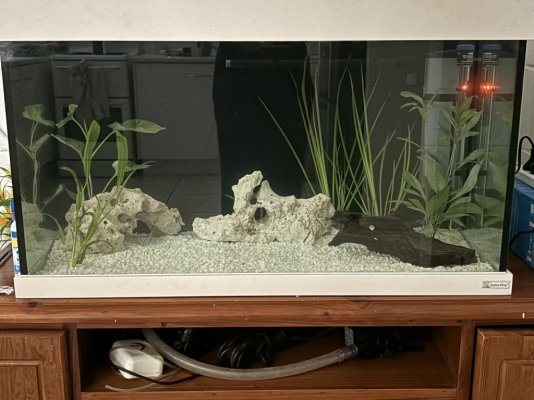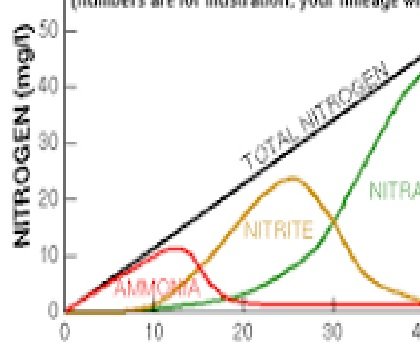The object for moving over old established materials is to bring along the nitrifying microbes with it. There are 2 different microbes that make up the biological filter so if the old tank wasn't finished being cycled, whichever microbe that was in there will be like an inoculation into the new tank. If both microbes were in there, that's even better. The good news is that once these microbes are introduced, they will multiply rather quickly but that doesn't mean instantaneously. As long as the ammonia load is not higher in the new tank than it was in the old tank, the cycling process should continue from there. If the ammonia level goes up, you may need to do water changes to keep the level in a range that the fish can handle until the microbes catch up.
Regarding whether your old tank was cycled, if you started with plain water and it did not have any nitrate in it, if you test the old tank and it's showing nitrates, you have both microbes in there doing their job.

If there are no nitrates, then it was not finished cycling. You can see this in this picture of the cycle in graph form.
View attachment 389903
Regarding the information from your local shop, sadly, it's a worldwide problem it appears. I spent many years working in pet stores in the 60s, 70s and 80s so I often heard about bad information being given to customers by my customers. I'd listen to what was said to them and do a lot of this

and this

. Even the internet is full of misinformation or information that does not apply universally. This means you need to verify everything you read or hear with more than just one or two sites. I use many university and scientific sites for my information if it's not in my stacks and stacks of books I've accumulated over the near 60 years I've been keeping fish. The bottom line is that over the years there have been new products, new methods, new scientific designations or name changes but the process of keeping fish has remained the same all the time.




 . Even the internet is full of misinformation or information that does not apply universally. This means you need to verify everything you read or hear with more than just one or two sites. I use many university and scientific sites for my information if it's not in my stacks and stacks of books I've accumulated over the near 60 years I've been keeping fish. The bottom line is that over the years there have been new products, new methods, new scientific designations or name changes but the process of keeping fish has remained the same all the time.
. Even the internet is full of misinformation or information that does not apply universally. This means you need to verify everything you read or hear with more than just one or two sites. I use many university and scientific sites for my information if it's not in my stacks and stacks of books I've accumulated over the near 60 years I've been keeping fish. The bottom line is that over the years there have been new products, new methods, new scientific designations or name changes but the process of keeping fish has remained the same all the time.